When is the best time to pick tea? what month is the best tea quality and the best picking schedule for one year?
Taiwan tea picking schedule (seasonality of tea leaves)
The seasonality of tea is very important.
There are four tea seasons in Taiwan.
The weather in Taiwan is almost perfect for the production of oolong tea, where tea merchants produce famous oolong teas with different shapes, styles and tastes. In Taiwan, the nature and size of leaves change with the passage of season. Although one kind of tea has completed its production this year, another kind of tea has only just begun. Different oolong teas appear on the market all the year round, creating a constantly changing choice of seasonal products.
There are different kinds of tea in each season. They are:
Spring
Spring tea has leaf oolong tea and hemispherical oolong tea. This tea (picked from mid-March to early May) tastes like freshly picked tea, mellow and full of spring.
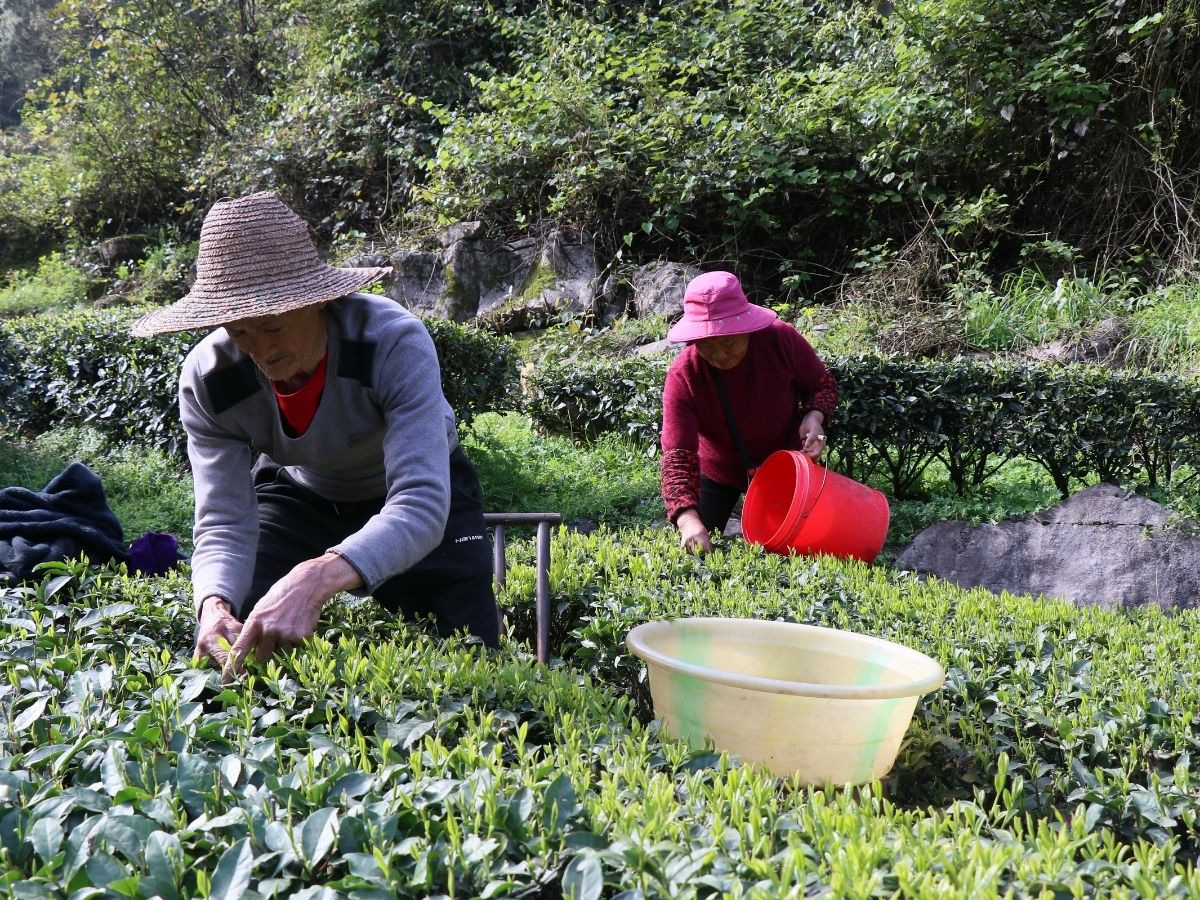
Summer
Drink standard grade oolong tea in summer (picked from early May to early August). As a large number of leaves can be harvested, the price is very reasonable.
Autumn
Autumn tea has hemispheric roll oolong tea and alpine oolong tea (picked from early September to mid-October). This is a season when you can buy high-quality tea at a relatively reasonable price.
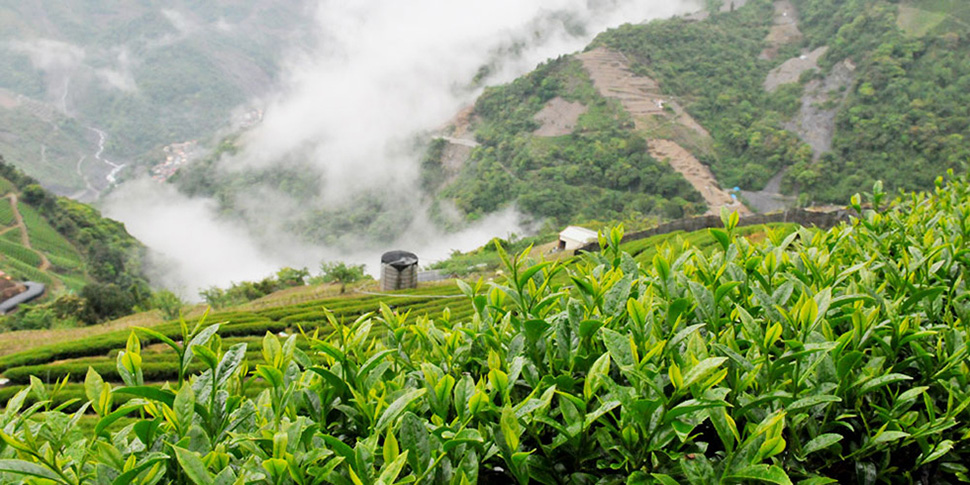
Winter
A small amount of alpine oolong tea is supplied in winter (picked from early November to the end of December). The taste of high-quality tea is balanced.
The first batch of oolong teas on the market every spring are Baihao tea and Baozhong tea with different leaf styles. These tea trees grow in warm climates and low elevations.
This is followed by oolong tea grown in mid-and high-altitude mountain areas, such as the winter top, and later alpine oolong tea from the highest tea garden: Alishan, Li Mountain and Mountain Forest Lion.
Alpine oolong tea can be harvested in winter, capturing a very concentrated flavor essence in late harvested leaves.
Winter tea is rich, creamy and very fragrant.
Spring tea brings happiness and youth to its taste and the tide of a new season, while winter tea is more assured of serenity.
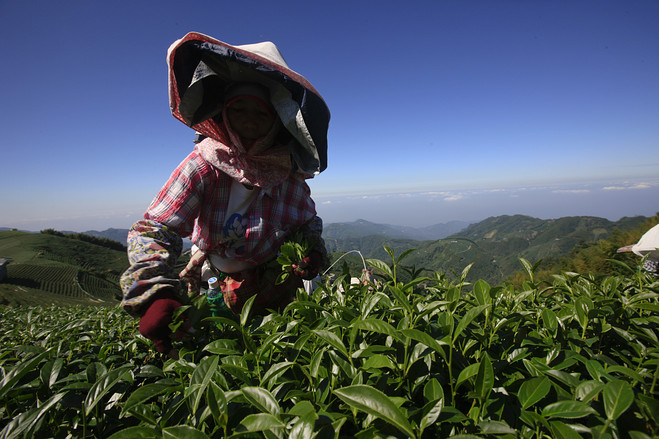
After the summer dormancy, these tea trees grow under the clouds every afternoon, producing large, succulent leaves, and experienced hands turn them into the deepest and fullest tea of the year.
Tea trees will soon enter the winter dormancy period, but now they still have enough energy to complete the production of the last season.
Winter harvest and spring harvest are the two most important harvest seasons of the year-summer and autumn harvest seasons do not produce quality oolong tea, although summer is the season for producing a small amount of quality black tea.
The taste of oolong tea varies from season to season and from year to year. This is mainly due to the weather conditions at harvest. Lower temperatures and seasonal fog make the leaves more succulent.
Oolong tea in winter 2013 and oolong tea in 2014 taste very good because of the cold and humid weather.
Important Notice :
前街咖啡 FrontStreet Coffee has moved to new addredd:
FrontStreet Coffee Address: 315,Donghua East Road,GuangZhou
Tel:020 38364473
- Prev
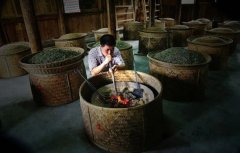
The difference between Tea roasting and Coffee Baking what are the characteristics of roasted tea?
Why is tea baked? Adjustment attribute: according to the concept of Chaoshan traditional culture, the part of tea can be divided into raw tea and cooked tea (which is different from Pu'er raw and cooked tea). The difference between raw and cooked tea in baking or not involves the theory of four natures in traditional Chinese medicine culture. it shows that the baked tea is warm, while the unbaked tea party is classified as cold and cool. Production process: in tea
- Next
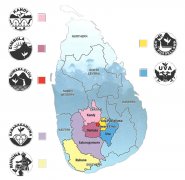
Differences in the characteristics of black tea from highland, middle and lowland in Sri Lanka
Climbing the mountain road with nine curves and eighteen bends by bus, the side of the road is densely planted with black tea trees as high as car windows, so close that you can almost pick fresh tea with your hand out. On the other side, it is a chilling deep valley. Falling down a steep hillside will definitely cause a big deal, but it is also covered with tea trees. The soil is red, and the soil washed out when it rains dyes the road.
Related
- What is the standard process for the purpose of coffee cup testing? What is the difference between hand-brewed coffee and cup testing?
- How to use hand-brewed coffee paragon small golden balls? How does cold coffee lock in the aroma of coffee?
- Is American coffee black? What is the difference between American coffee and drip coffee?
- Unexpected! Well-known tea beverage brand Lele Tea will withdraw from the Zhengzhou market!
- Starbucks enters the fashion and beauty industry?! Netizen: Give me an ice American eye cream
- Why can American refills for free? The difference between Americano and American drip pot coffee
- Being chased out of the rain in front of Starbucks?! Store: Sheltering from rain under umbrellas poses a safety hazard
- The white moonlight has changed?! Lucky launches "Big Winter Pear American"
- Hand-brewed coffee three-stage method, high-sweet and universal brewing method to share! What does the high sweet water level of hand-brewed coffee mean?
- What is the difference between raw, refined and full espresso coffee? How to extract espresso and taste good?

